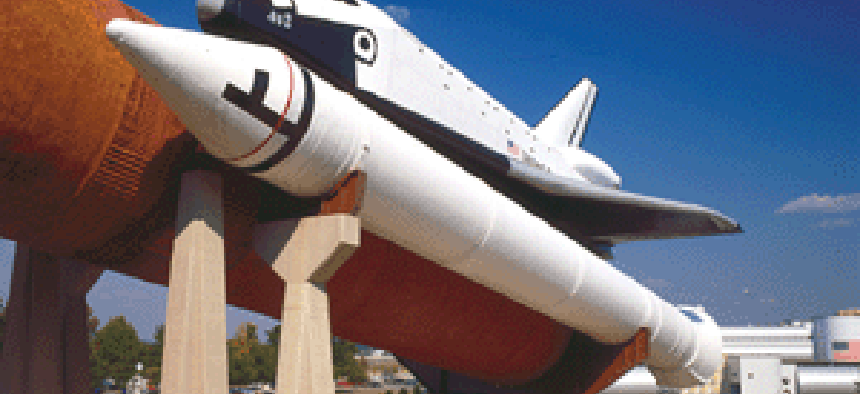Huntsville: Another cotton pickin' tech town? Hardly

Huntsville, Ala., was a sleepy cotton town until U.S. leaders discovered during World War II that the city's geography made it an ideal location to manufacture munitions.
Huntsville, Ala., was a sleepy cotton town until U.S. leaders discovered during World War II that the city's geography made it an ideal location to manufacture munitions.Nearby were heavy concentrations of nitrate deposits, which could be mined for raw material for explosives. Located on the Tennessee River, the town was accessible by water but still far enough inland that it made a difficult target for attack.Hence, the Redstone Arsenal was built, and Huntsville began to boom as a government-contracting town. It hasn't looked back since.Three companies on this year's Top 100 hail from Huntsville: Intergraph Corp. at No. 64, Camber Corp. at No. 87, and CAS Inc. at No. 92.With major military, FBI, missile defense and NASA operations on the 38,000 acre Redstone campus, many major systems integrators on the Top 100 have operations there. Among them: Science Applications International Corp. at No. 5, and Computer Sciences Corp. at No. 3. CSC bought its way to a major presence in Huntsville when it acquired Nichols Research Corp. in 1999.About $18 billion in federal funds are managed at Redstone, according to Mike Ward, vice president of government affairs at the Huntsville-Madison County Chamber of Commerce. Of that amount, $3 billion stays in Huntsville, he said."When the multiplier effect is taken into account, Redstone accounts for half of our local economy," he said.But the spending is down from NASA's Saturn and Apollo days in the 1970s, when the federal government accounted for 70 percent of the local economy, Ward said.The high-tech influence is so great in Huntsville that one in 10 residents works as an engineer, and there are 40 supercomputers in the area, he said.Although the city has grown from fewer than 20,000 residents in 1940 to more than 330,000 today, it hasn't lost touch with its agricultural roots. Madison County is still the largest cotton producer in Alabama."You'll see cotton growing right next to the office of a high-tech company," Ward said.


NASA Marshall Space Flight Center calls Huntsville, Ala., home.
Dan Brothers/Alabama Bureau of Tourism & Travel
NEXT STORY: The Top Ten: Past and Present

